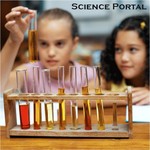
Energy

A13-Flight
 |
Energy |
 A13-Flight |
| A10 Pressure |
| How is pressure used? |
 How does pressure work? How does pressure work? (Mastery) |
 How does pressure effect me? How does pressure effect me? (Interpersonal) |
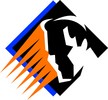 What types of pressures are there? What types of pressures are there?(Understanding) |
 How is pressure different in different things? How is pressure different in different things?(Self Expressive) |
|
Take every day before sleeping! Quiz: SCA_A12 Buoyancy & (MA12) Practice Quiz: SCA_A12 BuoyancyTake every day before sleeping! Vocabulary Review Activities BrainPop Animations and Practice Quizes |
Vocabulary Pressure: Chapter 3 Section 1: Pages 77-83 Fluid Pressure & Hydraulics Chapter 3 Section 2: Pages 86-89 Floating and Sinking - Buoyancy Chapter 3 Section 3: Pages 90-96 Science Skills Handbook Appendix: Pages 202-214: Process Skills Packet (Online Textbook: Log onto Pearson.com, then click on the titles above for the online text.) |
| Labs & Videos |
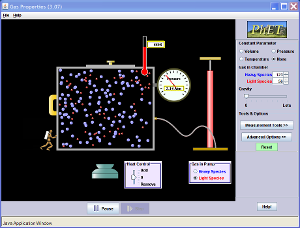 Gas Properties write up an experiment based on this activity. |
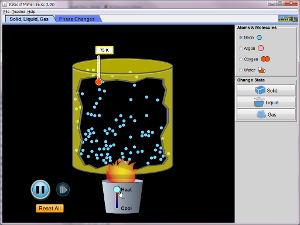 States of Matter write up an experiment based on this activity. |
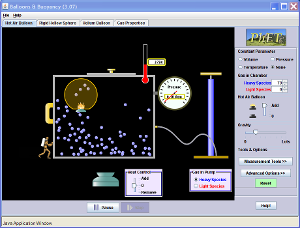 Balloons & Buoyancy write up an experiment based on this activity. |
 Under Pressure write up an experiment based on this activity. |
Cartooning Physics Draw forces, acceleration,and motion interacting. |
Pascal's Principle Simulation Pressure in a static fluid |
Hydraulic Simulation |
Hydraulic Lift Simulation |
| Prentice Hall Video Forces In Fluids Schlessinger Video |
Bill Nye |  |
 |
 |

|
 |
 |
| EngageEngage Discrepant Event |
Explore Research |
Explain Write-Up |
Elaborate New situations/applications |
Evaluate project to share |
| Reading & Math Work |
|
|
| Projects by Learning Style and Media Type |
 Sensing-Thinking
(Mastery) Sensing-Thinking
(Mastery)Facts
|
 Sensing-Feeling
(Interpersonal) Sensing-Feeling
(Interpersonal)A time when you...
|
 Intuitive-Thinking
(Understanding) Intuitive-Thinking
(Understanding)Playing with facts
|
 Intuitive-Feeling
(Self-Expressive) Intuitive-Feeling
(Self-Expressive)Creating new possibiliteis
|
|
|
|
 Live
Presentation Project Live
Presentation Project
|
| Essential Vocabulary & Concepts |
| Picture | Core Knowledge or
Concept |
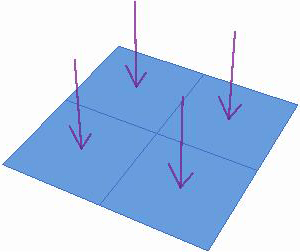 |
Pressure
is a force spread over an area. Pressure (Force � Area) Pascal (Pa)" the unit of pressure in Newtons/meter2 (i.e. the pointy end of a stick hurts more than the side of the stick) |
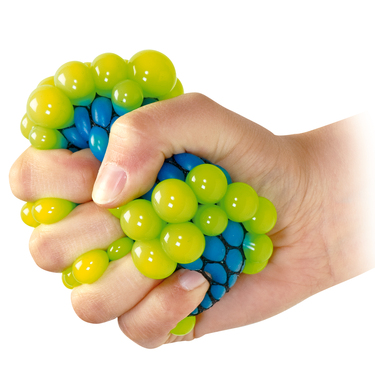 |
Fluid a
substance whose shape can easily change. Fluids are usually liquids or gasses. In fluids, the particles (molecules and atoms) are not locked together and can move past each other. |
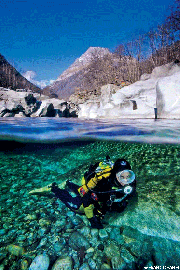 |
Pressure
increases with depth and
decrease at higher elevations
or altitudes This is because of the weight of the fluid above. In space, there is no pressure. It is a vacuum. |
 |
Pressure
in fluids are transmitted
or distributed in all
directions. Because the fluids in our body have the same pressure, we are not crushed by air pressure or water pressure in the ocean. |
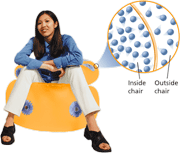 |
Pascal’s
principle states that when a force is applied to a confined fluid (liquid) an
increase in pressure is transmitted
equally to all parts of the fluid. |
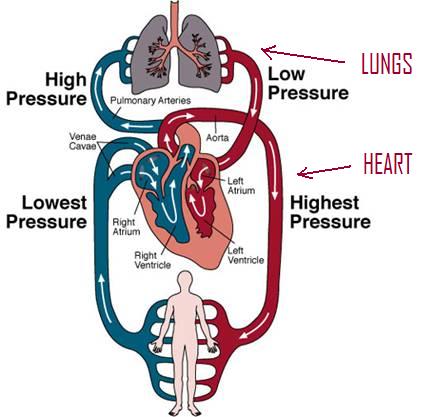 |
Force pump is a device that causes a fluid to move from one place to another by increasing the pressure in the fluid. Lungs and hearts works because fluids move from areas of higher pressure to areas of lower pressure. Because blood does not leak out of the system, it is called a closed system. |
 |
A hydraulic
system multiplies a
force by applying the force to a smaller surface area. It usually uses oil or water, fluids that do not lose force when compressed. Systems that use air, like air brakes or air nailers are called pneumatic systems. (i.e. your foot on a brake pedal can stop a truck) Pistons or plungers are the devices at the ends of some hydraulic systems that transmit force outside of the system hydro- Greek root for water |
 |
Density is the
amount of matter in a given space. |
 |
Buoyant force:
The upward force exerted by a fluid on a submerged object that is less
dense. The property of an object to float or sink is called buoyancy. |
 |
Archimedes' Principle states that the upward buoyant force exerted on a body immersed in a fluid is equal to the weight of the fluid the body displaces. |
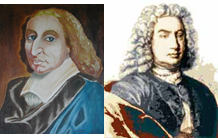 .jpg/220px-Archimedes_(Idealportrait).jpg) |
Scientists Blaise Pascal,,(1623-1662) French mathemetician and religious philosopher whose interest in the mercury barometer led him to climb mountains and experiment with pressure. He invented mechanical adding machines that predicted computers. Daniel Bernoulli (1700-1782) Swiss mathematician whosework with moving fluids is the basis of today's work with airplanes, submarines, water systems, and hydraulics. Archimedes (287-212 BCE) Greek philosopher and mathematician. Supposed to have jumped out of his bath and ran down the streets when he discovered his famous principle of displaced fluids and buoyancy. |
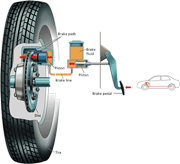 |
Technology Hydraulic and pneumatic brakes in bicycles, motorcycles, cars, and trucks. |